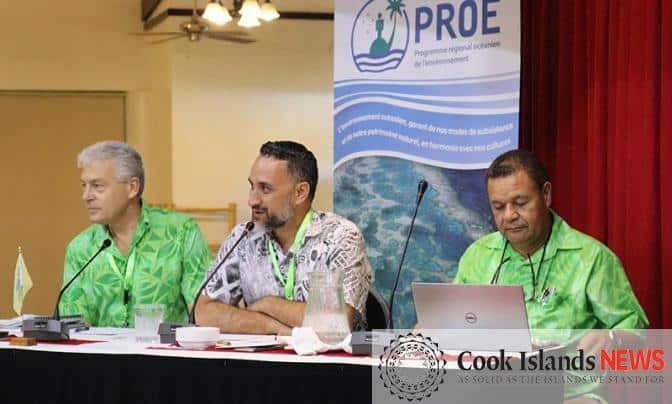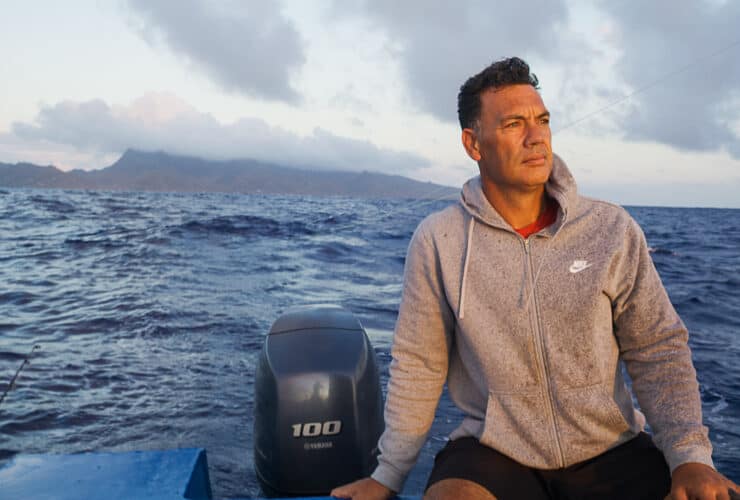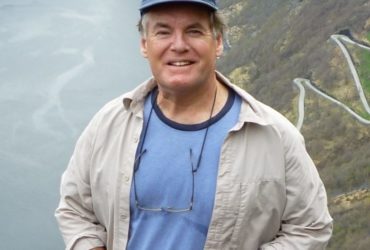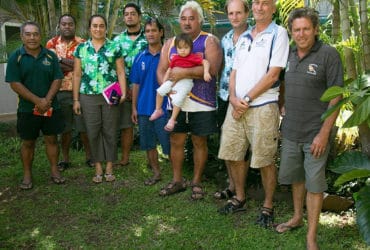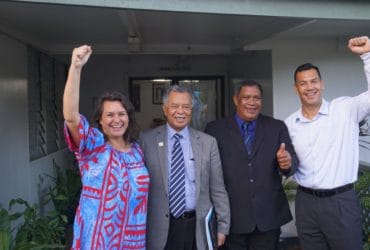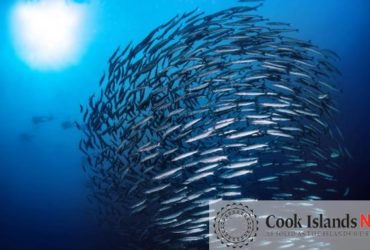Marae Moana Central to NES Work
Monday December 10, 2018
Some people accuse Marae Moana, the Cook Islands’ marine park, of being spineless. Others suspect it’s a marketing ploy to procure aid money. Most of these people will admit they don’t know a lot about what is arguably the country’s most ambitious commitment to the international community. But if you ask Joseph Brider, director of the National Environment Service—an agency tasked with protecting the health of the Cook Islands’ environment—he’ll tell you Marae Moana is the vaka that will deliver the Cook Islands into a prosperous future. “From what I can see, at this point in time, it’s the only vehicle that will carry us all together toward our national goal,” he says.
The goal he’s talking about is sustainable development—an approach to progress that considers economic growth, environmental stewardship, and social welfare in equal measure. It’s a philosophy that acknowledges imbalance can only last for so long—that eventually, a leaning tower falls over. “Right now we’re focused on one pillar,” Brider says. “We’ve built the country up economically but the environmental pillar still requires a lot more attention.
You could say the same for the social pillar… If we are to continue this isolated approach to development, we will continue to miss our target of sustainable development.” Brider believes Marae Moana—a law that prioritises conservation in the Cook Islands, closing 16 per cent of the country’s ocean territory to large-scale commercial activity, laying the groundwork for further management, and coordinating all environmental work—buttresses a neglected pillar. “Marae Moana is central to our work. It puts in place a framework for all of us to start working together,” he says. “By working together—that’s how we’ll start to balance out these pillars of society.”
One result of this imbalanced approach to development, Brider believes, is a “heavily under-resourced” National Environment Service. While most agencies will claim to be under-funded, he’s referring more to capacity than money. He sees Marae Moana as a tool that can fix the problems stemming from a fragmentation of work such as the duplication of roles or inefficient use of funds. “The idea is that the Coordination Office will be thinly resourced and the bulk of funding will be going to agencies or NGOs or traditional leaders —those who are contributing toward the Marae Moana objectives,” says Jacqui Evans, director of Marae Moana. “Our role in the Marae Moana Coordination Office is coordination but for Marae Moana to be effective we need to work with the Public Service Commission to identify capacity gaps in government agencies as well as identify capacity gaps within traditional leader and non-government organisations and help get them filled.”
The task of sustainable development is ambitious, but Brider believes Marae Moana is a bold first step in the right direction because it gets to the heart of what makes the Cook Islands special: the ocean, the thing that connects and resonates with us all. “The ocean brought us here,” Brider says. “The ocean is our history, is our heritage, is our culture, is our livelihood, and is our future, and so I think it’s quite fortuitous that a concept such as Marae Moana preserving a resource such as the ocean is the vehicle to bring us together.
The oceans brought our ancestors to the islands we call home today—it carried us in the past, and it will carry us forward into the future.” Brider is hopeful that Marae Moana, an initiative centred on protecting the ocean, will impel people to care and get involved in balancing the pillars of sustainable development. This is work that extends beyond boardrooms and policy.
It is work that begins in the home. “If we can work together to plant a seed in a young person to value the ocean, to value our country and our natural resources, and we continue to nurture that seed, then one day that seed turns into a tree that bears the fruits of wisdom and intelligence,” he says. “This is not just the task of the government. The country belongs to all of us.”


